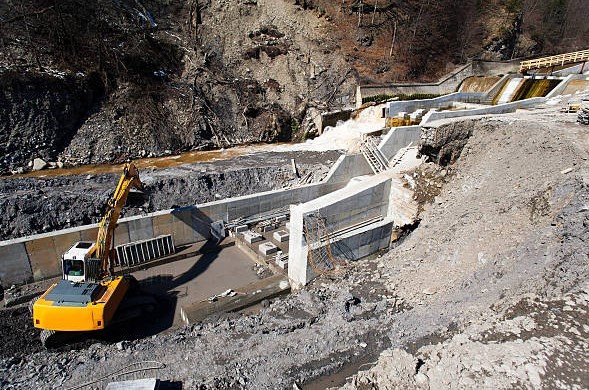Ethiopia has officially launched the Grand Ethiopian Renaissance Dam, Africa’s largest hydroelectric project, on the Blue Nile River. This move, set for September 9, 2025, promises to boost power for millions but sparks fresh anger from Egypt over water rights.
The dam, known as GERD, started in 2011 and now stands ready to generate over 5,000 megawatts of electricity. Leaders in Addis Ababa say it will light up homes and fuel growth in a nation where many lack power.
Key Facts on the Grand Ethiopian Renaissance Dam
This huge structure sits on the Blue Nile, a main branch of the Nile River. Ethiopia built it without outside loans, using local funds and bonds from citizens.

The project cost about 5 billion dollars. It aims to double the country’s electricity output and export extra power to nearby nations like Sudan and Kenya.
Here are some core details:
- Location: Blue Nile River, near Sudan border.
- Power Capacity: Up to 5,150 megawatts when fully running.
- Reservoir Size: Covers an area bigger than London, holding 74 billion cubic meters of water.
- Funding: 91 percent from Ethiopia’s central bank, rest from public donations.
Experts note the dam could help control floods and provide steady water for farming downstream.
History of Building and Delays
Construction kicked off under former Prime Minister Meles Zenawi. Workers faced tough terrain and global pushback, but pushed forward.
By 2020, Ethiopia began filling the reservoir in stages during rainy seasons. This step eased some fears of sudden water cuts.
Recent years saw internal strife in Ethiopia, yet the dam united people across divides. Crowds cheered as turbines spun to life.
The project wrapped up ahead of old timelines, with two turbines already online since 2022. Full operations start now, marking a win for national pride.
Egypt’s Strong Pushback and Water Fears
Egypt relies on the Nile for 90 percent of its fresh water. Leaders in Cairo worry the dam might slash flows during dry spells.
President Abdel Fattah el-Sisi has called for a binding deal on how the dam runs. Talks over a decade failed, as Ethiopia seeks flexible rules.
Egypt views old colonial pacts as key, giving it veto power over upstream builds. Officials warn of threats to farming and cities along the river.
Sudan shares some concerns but sees upsides like cheaper energy and flood control. Still, it joins calls for firm agreements.
Tensions rose when U.S. leaders under Donald Trump backed Egypt, even hinting at military action. No deal came, and Ethiopia moved on.
Benefits for Ethiopia and the Region
Ethiopia, home to 120 million people, has only half its folks on the power grid. The dam could change that fast.
Prime Minister Abiy Ahmed calls it a shared chance, not a risk. Power exports might earn billions and strengthen ties.
| Aspect | Ethiopia’s Gain | Regional Impact |
|---|---|---|
| Electricity | Lights for 60 million without power | Exports to Sudan, Kenya, Djibouti |
| Economy | Boosts factories and jobs | Cuts energy costs for neighbors |
| Environment | Steady water for dry seasons | Better flood management downstream |
| Unity | National symbol amid conflicts | Potential for water pacts |
Studies show no big flow drops so far, thanks to good rains. The dam might even help during droughts by storing water.
Global Views and Future Risks
World groups like the United Nations urge talks to avoid fights. Some see the dam as a model for African self-reliance.
Yet, rifts grow. Egypt aids Ethiopia’s rivals in sea access disputes, raising stakes.
Analysts warn of wider conflict if water runs low. Climate change adds pressure with unpredictable rains.
Peace efforts continue, but Ethiopia stands firm on its rights. The launch spotlights Africa’s push for growth against old power plays.
This dam story mixes hope and fear across borders. It shows how water shapes nations’ fates in a warming world.
What do you think about this Nile dispute? Share your views in the comments and pass this article to friends for more discussion.
